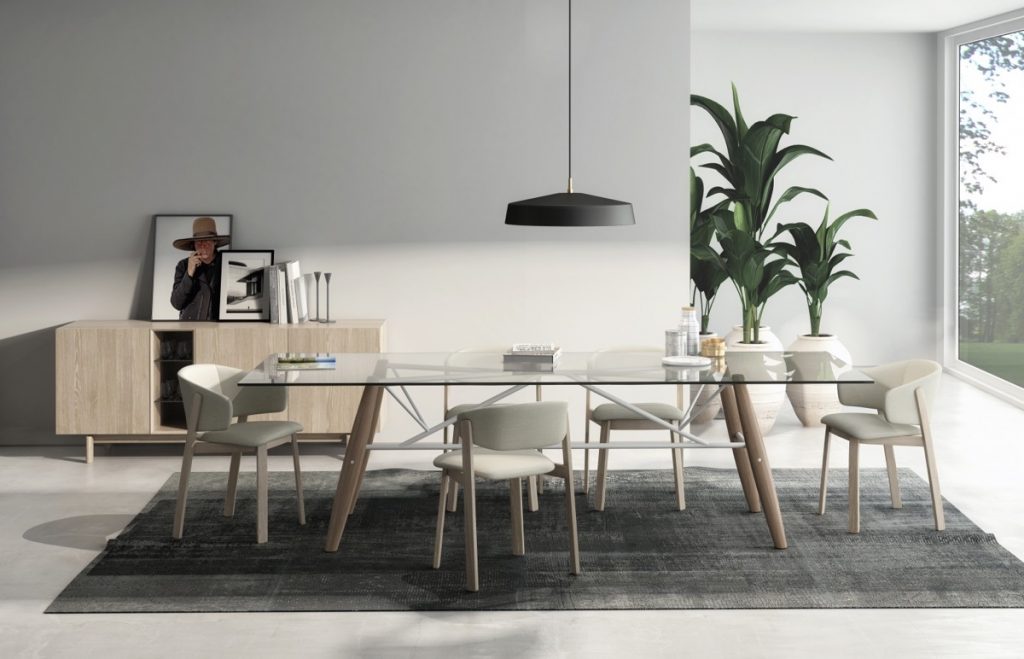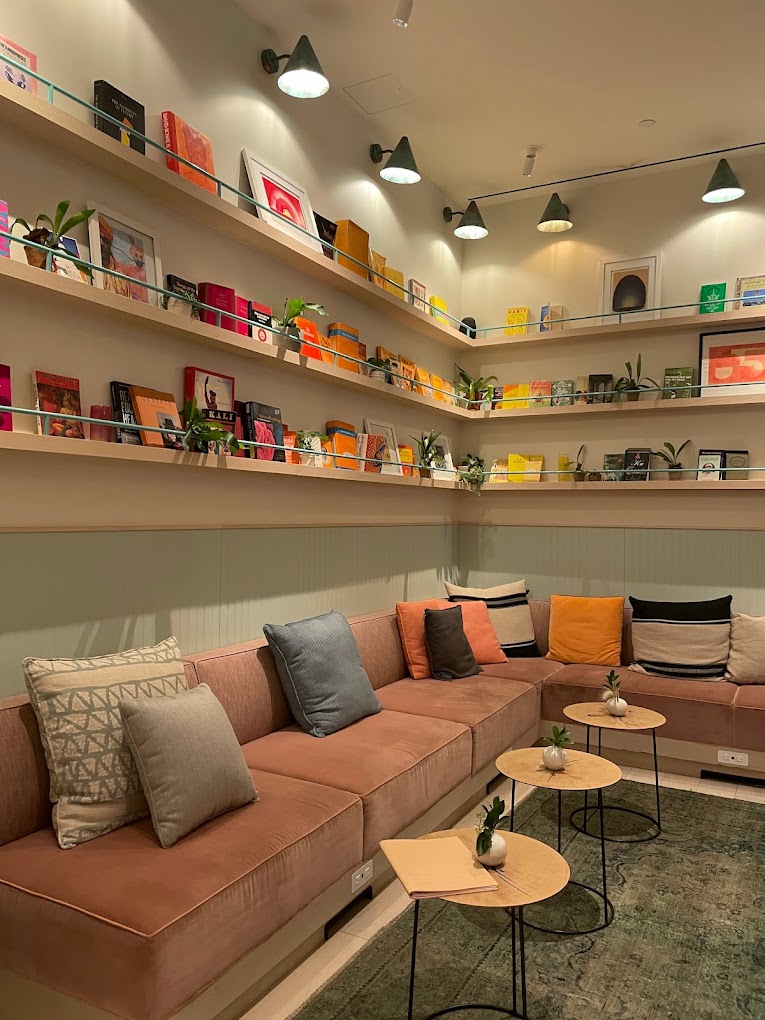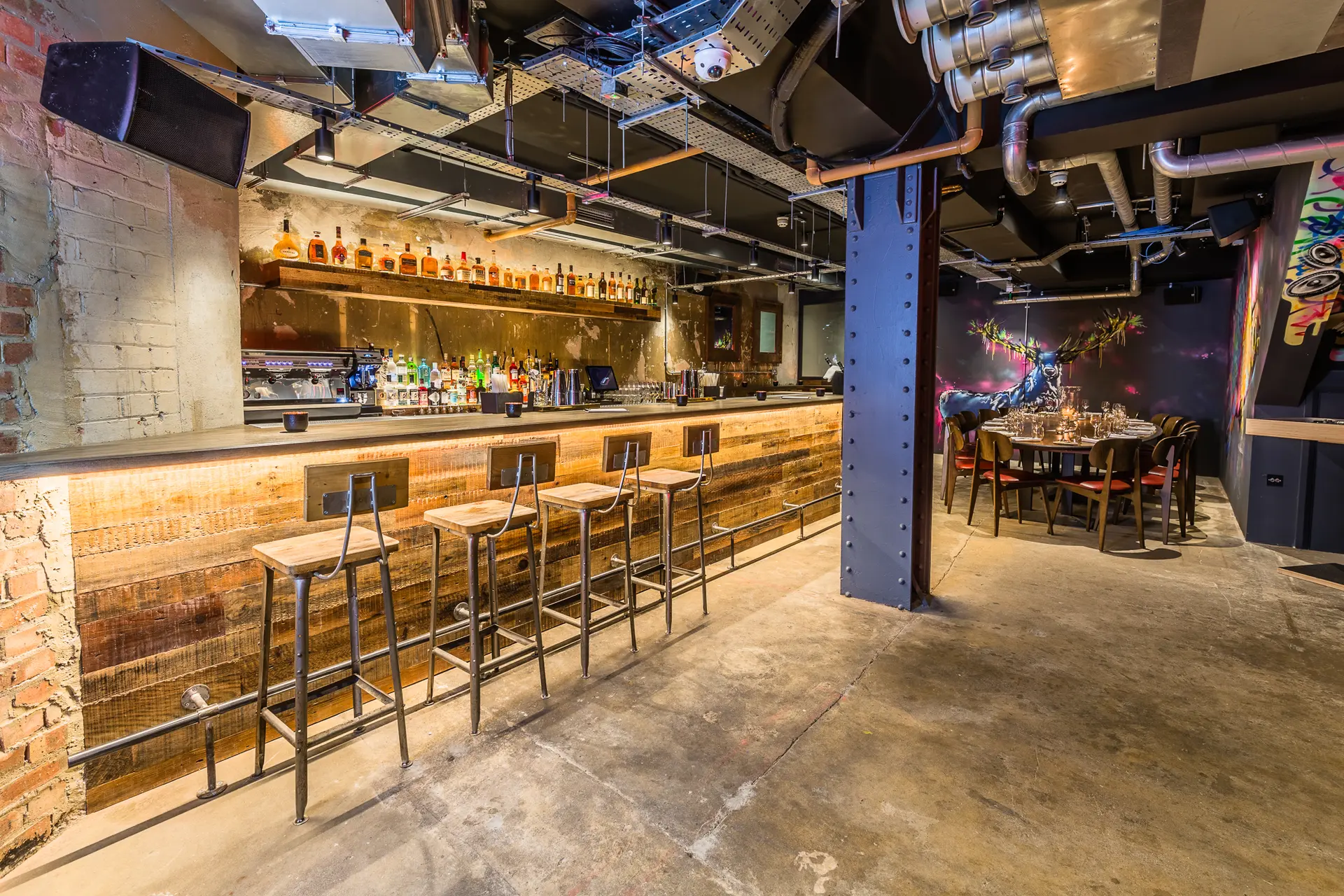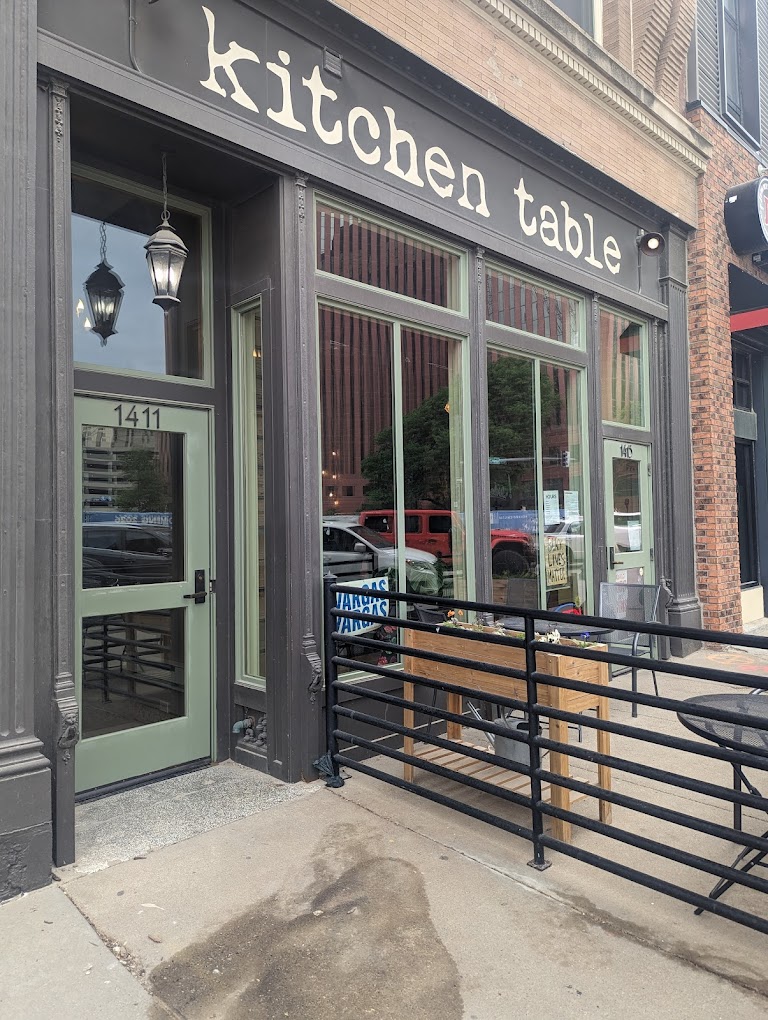Whether or not to use an area rug underneath your dining table is a common decorating dilemma many homeowners face. A rug can certainly add some nice benefits in terms of aesthetics, comfort, and floor protection. However, rugs also come with potential drawbacks like liquid spills, cleaning challenges, rotation wear, and issues with chairs snagging.
There are good arguments on both sides, so it becomes a matter of weighing the pros and cons of placing an area rug under your dining table to determine if it’s the right choice for your home and lifestyle.

Potential Benefits of Using a Rug Under the Dining Table
Rugs underneath dining tables provide several nice perks:
- Enhanced Visual Appeal – An area rug instantly dresses up the space and ties the whole dining aesthetic together. It creates a focal point with color, pattern and texture. A rug helps define and highlight the dining zone.
- Added Comfort Underfoot – Bare hardwood or tile floors can feel cold and hard underfoot at meal times as diners are sitting for extended periods. An area rug provides a literal softer, cushier landing for feet when dining.
- Absorbs Noise for Better Acoustics – Rugs help absorb ambient sounds and make loud, boisterous dining areas feel cozier. A rug dampens and muffles the clanking of dishes and utensils and the scraping of chairs on the floor.
- Protects Floors from Chair Damage – Repeatedly pushing in heavy dining chairs can scuff, scratch and dent hard flooring finishes over time. A rug protects floors from this frequent wear and tear during dining.
- Kid Friendly Cushioning – Little feet and knees appreciate having a soft, cushiony rug surface under the table to squirm around on during meals. It’s safer for children if they trip or fall.
- Provides Added Warmth – Rugs help trap heat rising from the floor and make dining spaces feel warmer and cozier in colder weather. The softness is inviting.
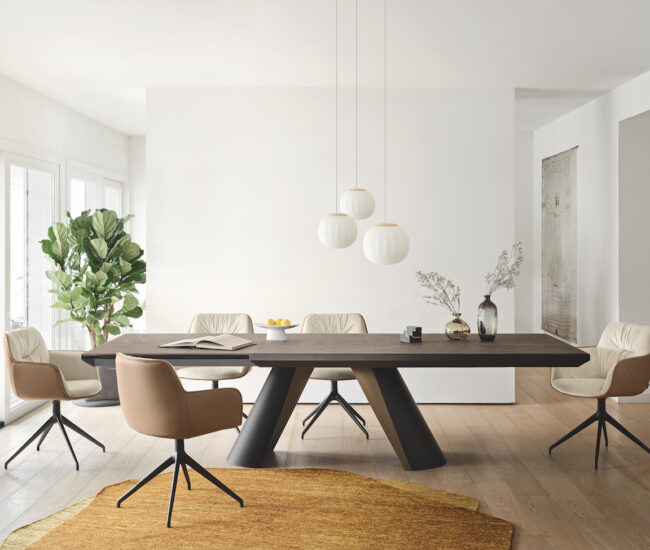
Potential Disadvantages of Rugs Under Dining Tables
However, placing rugs under dining tables also comes with some drawbacks:
- Absorbs Liquid Spills – Area rugs inevitably absorb some quantity of food and drink spills that are common during dining. Spill absorption leads to ugly staining that requires special rug cleaning to remove.
- Snags Chair Legs – The repeated pulling out and pushing in of dining chairs can easily catch or snag on the edges or fringes of area rugs over time. This causes fraying damage.
- Increases Slip Risk – Diners may catch their toes on the rug edge or slip on the rug surface when getting up from the dining table if the rug is not firmly secured flat to the floor beneath.
- Collects Crumbs and Debris – Crumbs, food bits and other debris unavoidably get ground into dining area rugs with use, requiring very frequent vacuuming under the table.
- Develops Wear Patterns – Spot wear develops in traffic areas as people rotate from the same entry and exit points around the table over time. Rotation eventually makes wear patterns obvious.
- Challenging Sizing – A rug must be sized just right to properly fit under the full span of the dining table and chairs without visually cutting off any table or chair legs.
Tips for Using a Rug Under the Dining Table
If upon weighing the pros and cons you do opt to place an area rug underneath your dining table, follow these best practices:
- Select a low pile or flat weave rug made from very durable and stain-resistant materials like polypropylene or polyester.
- Choose patterned rugs with busy prints that help hide inevitable spills and high traffic wear and tear.
- Use a quality rug pad underneath along with rug tape or gripper strips to prevent slips and enhance comfort.
- Be diligent about frequently shaking out and spot cleaning the dining rug to prevent stains from setting in.
- Periodically rotate the orientation of the rug to more evenly distribute wear and compression from chair legs.
- Vacuum diligently under the dining table 1-2 times per week minimum to prevent crumbs and debris accumulation.
- Carefully measure to ensure the rug size is large enough for all table legs and chairs to fit fully on top without awkwardly cutting off the rug edges.

Alternatives to Full Rugs Under the Table
For those wanting some floor softness without committing to a full area rug, consider these options:
- Individual chair pads just underneath the legs of dining chairs.
- Runners placed along the entry and exit sides of the table to protect when pulling chairs out.
- Small faux fur or wool rugs positioned just under and around table legs or bases.
With the right rug choices and diligent care, you can enjoy the benefits of a dining area rug without excessive upkeep. Weigh the options to determine what works best in your unique space and lifestyle.






